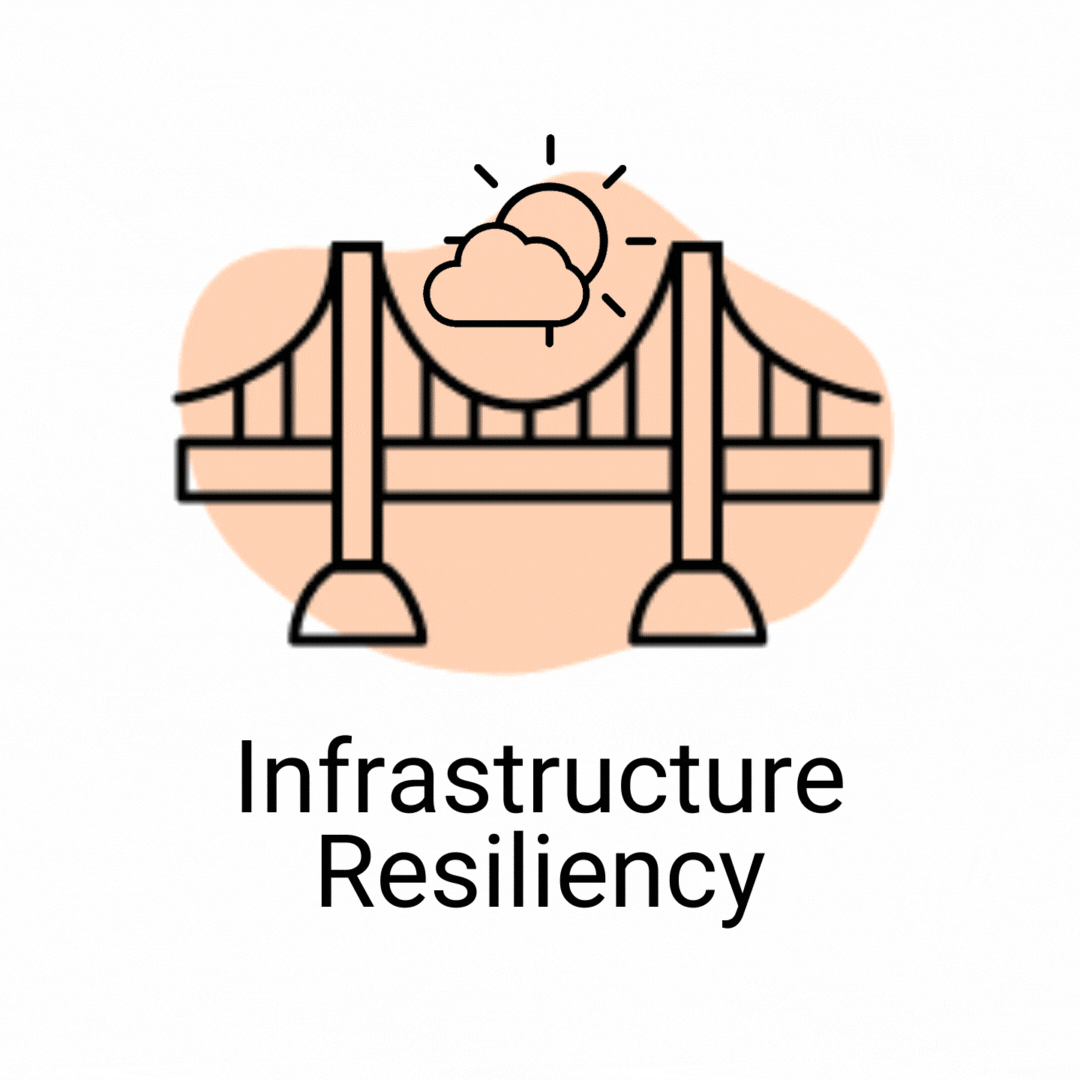Roadways in New York City handle substantial daily traffic throughout different boroughs. Trucks have been an integral part of the freight movement network in distributing goods and services to various communities; however, a percentage of these trucks are often overloaded beyond legal load limits. The Brooklyn-Queens Expressway (BQE) that connects two boroughs suffers from significant deterioration because of the existing environmental conditions exacerbated by a substantial number of OW trucks.
The New York City Department of Transportation (NYCDOT) has been planning to rehabilitate the bridge to accommodate future traffic volume and weight demands. Accordingly, the team closely worked with the NYCDOT and collected truck traffic and weight data to provide recommendations for future design or rehabilitation work on BQE bridges. The team learned that the average daily number of OW trucks is significantly higher, and the extent of the OW (or OW tonnage) is substantially heavier than the national average.
Our team also found that current OW enforcement practices at the weighing stations and by the weight enforcement officers using portable scales would capture only a small fraction of the OW trucks. For example, the number of vehicles screened by four weighing stations in NJ was 1,006,749 in 2009, and only 0.142% (1,430 trucks) of screened trucks were overweighted and ticketed. However, the actual OW percentage along the corridors near four weighing stations in NJ was 6.4%, based on the WIM data. This confirms that the current OW enforcement practices would only capture less than 3% of total OW trucks. Therefore, a more practical and efficient OW enforcement scheme would be needed to discourage the trucking industry from overloading their fleets.







